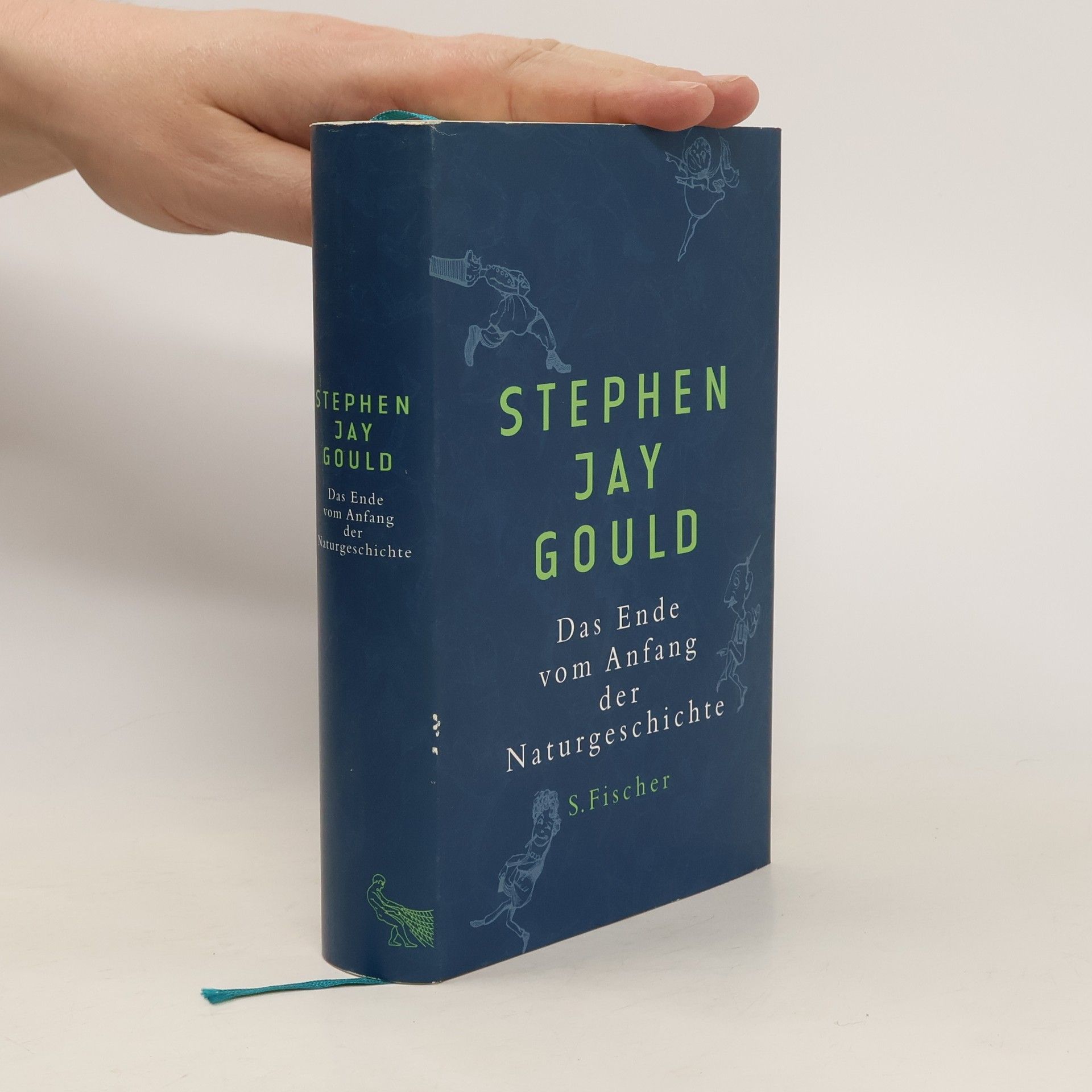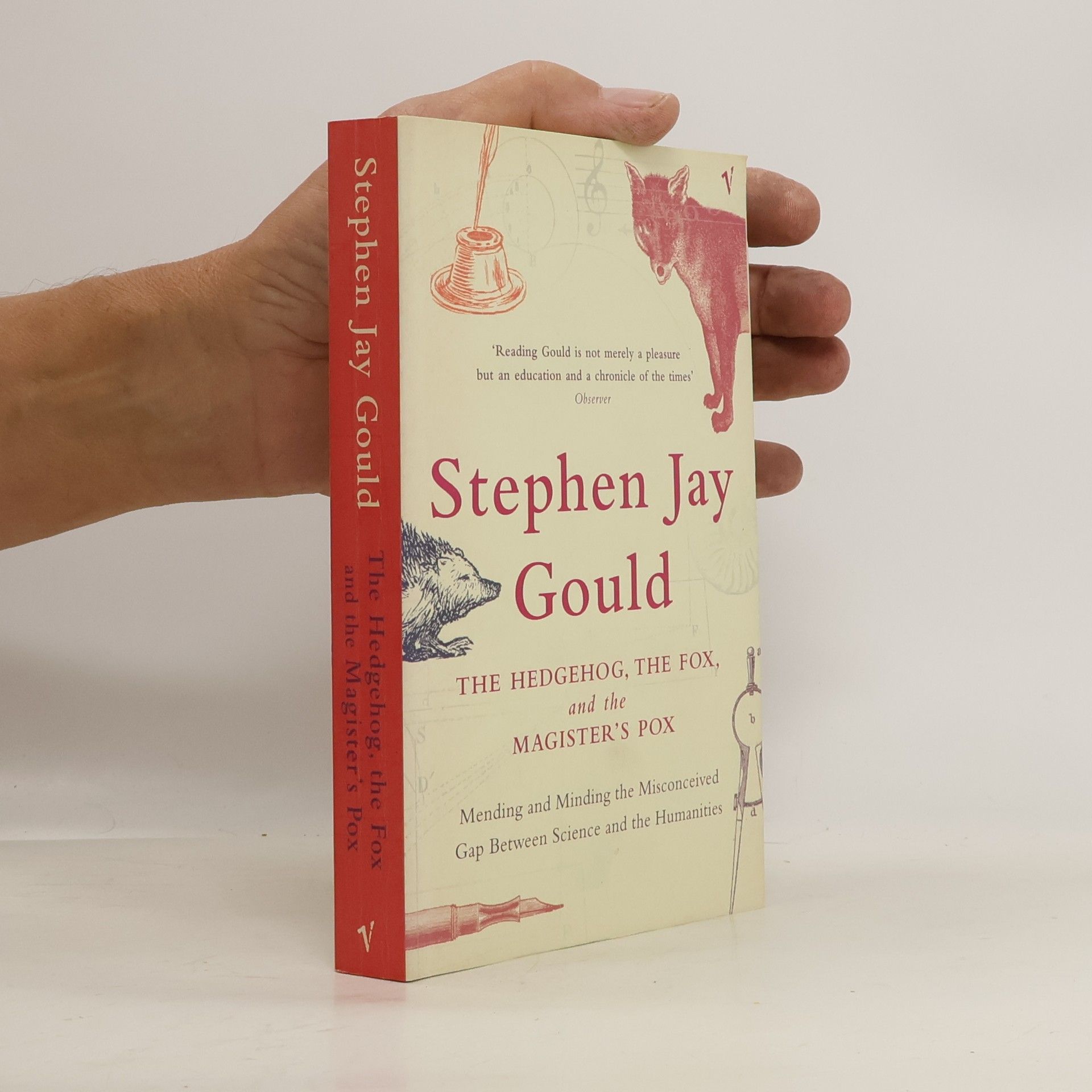Roy's life was not going well. He was clever, very clever, but his boss didn't like him and finding other jobs in the computer industry at the ripe old age of forty-five could be difficult. He had bought a house with his girlfriend, but she was leaving him because he was "too nice". He would have the debts of the house plus old debts that he was still repaying. Then there was Rosemary, but she seemed preoccupied with her stalker who had threatened Roy, grabbing by the throat on one occasion. Would he end up like his friend Keith who drove to the top of a car park and jumped off? However, Roy had done something remarkable: he had saved the life of a man at one of his favourite hiking spots. He didn't know what this would mean at the time. Then he realised there were other options for the stalker and his boss. What would he do? Would he feel guilt or was guilt just an illusion?
Stephen Jay Gould Book order
Stephen Jay Gould was a preeminent American paleontologist and evolutionary biologist, renowned for his compelling popular science writing. His empirical research primarily focused on land snails, and he co-developed the theory of punctuated equilibrium, which posits evolutionary stability punctuated by rapid change. Gould opposed strict selectionism and sociobiology, advocating for science and religion as compatible, non-overlapping "magisteria." His essays and books made complex scientific ideas accessible and engaging to a broad audience.


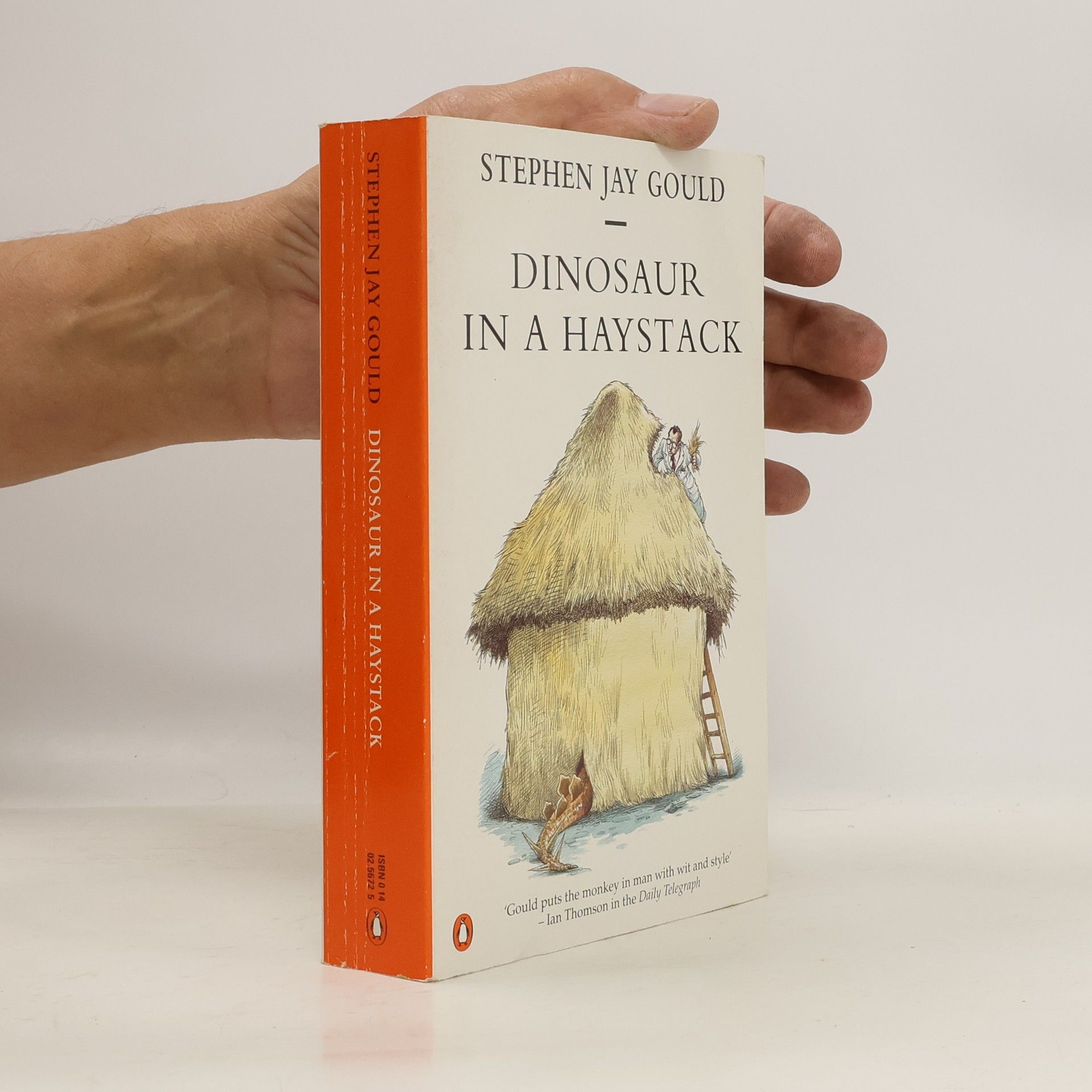
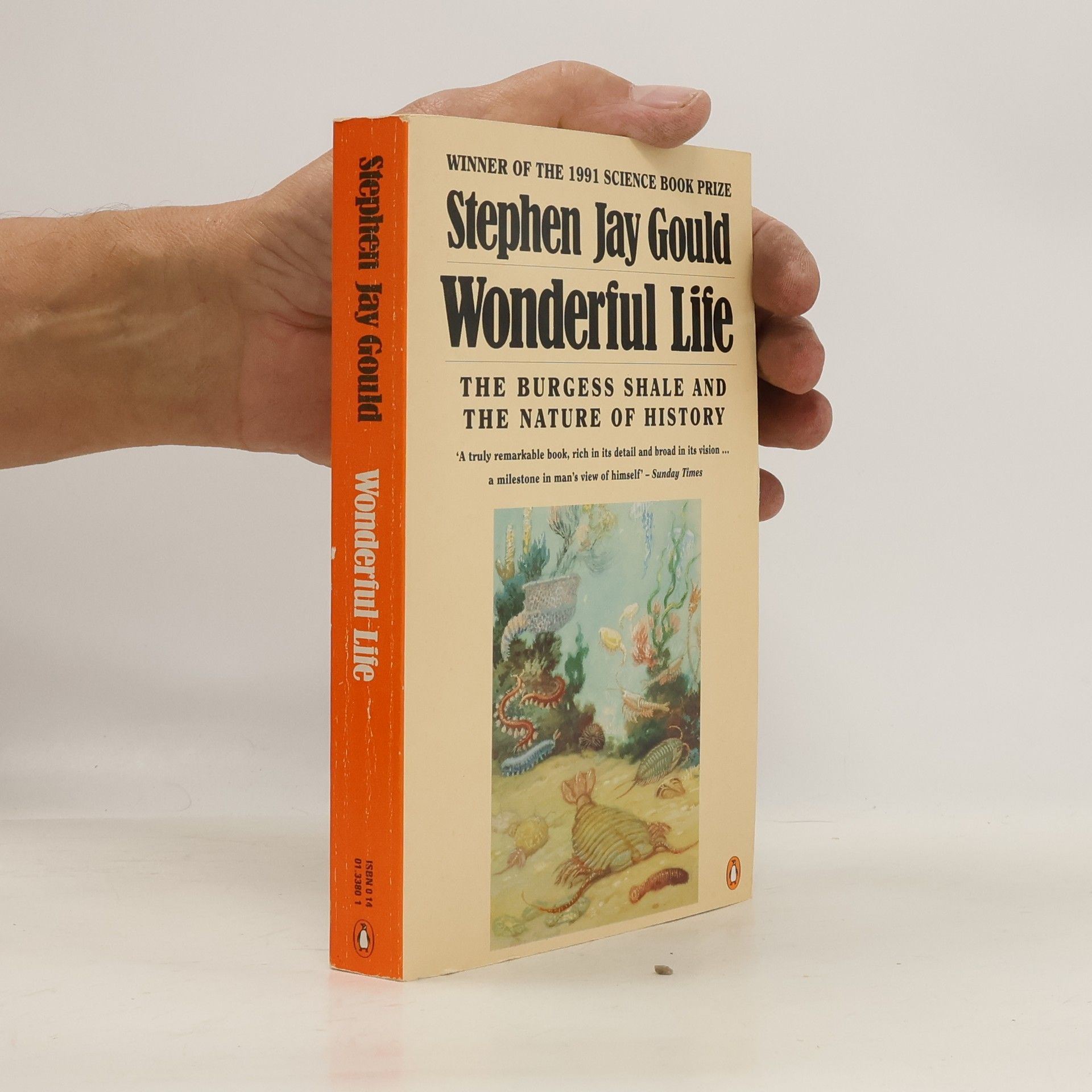

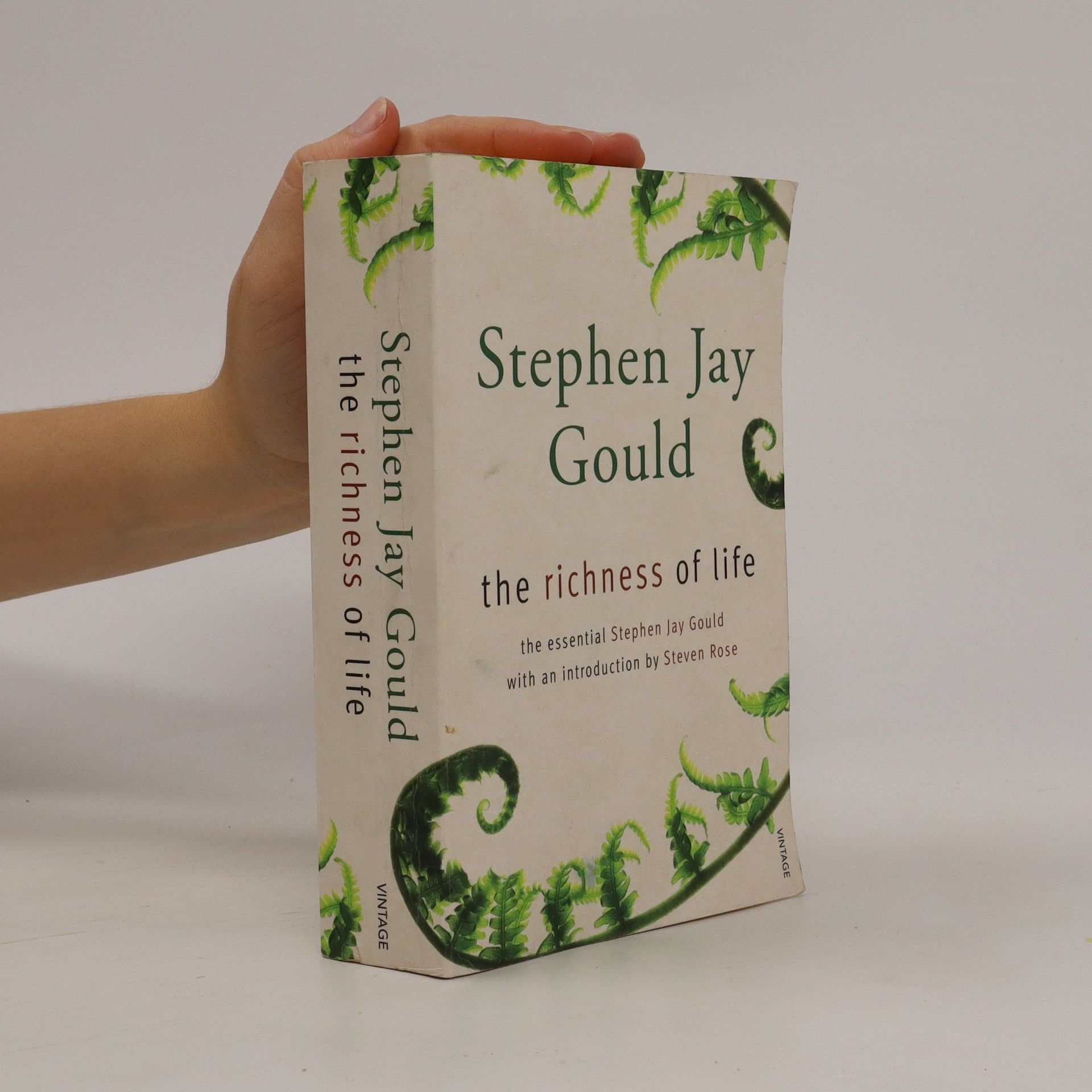

- 2023
- 2011
Gould se v knize zabývá počátky paleontologie od 16. do 18. století, ukazuje snahu pochopit fosilie, zabývá se historickými omyly při výkladu nálezů fosilií (včetně samotného Galilea). Další eseje věnuje nejvýznamnějším osobnostem přelomu 18. a 19. st. (Lavoisier, Buffon, Lamarck). Zvláště eseje o historických omylech jsou čtenářsky velmi zajímavé. Gould se stal známým díky svým esejím v časopise Natural History. Zabýval se v nich fosiliemi, geologií, evoluční biologií a historií vědy. Po 27 letech psaní sloupků oznámil, že s nimi na konci roku skončí: těchto 24 esejů představuje poslední, co napsal. První dvě třetiny knihy věnuje neznámým nebo nepochopeným osobnostem renesance, osvícenství a viktoriánské éry. Například Johann Beringer, učenec z 18. století, napsal pojednání o úžasných „lživých kamenech“ z Wűrzburgu. Ve skutečnosti šlo o krutý vtip, který na něj nachystali kolegové, aby z něj udělali hlupáka. Beringer se nemohl více mýlit, ale dokázal moc paleontologie.
- 2007
Punctuated Equilibrium
- 408 pages
- 15 hours of reading
"In 1972 Stephen Jay Gould took the scientific world by storm with his paper on punctuated equilibrium, written with Niles Eldredge. Challenging a core assumption of Darwin's theory of evolution, it launched the career of one of the most influential evolutionary biologists of our time - perhaps the best known since Darwin."
- 2007
Eight Little Piggies
- 480 pages
- 17 hours of reading
The title is a pun, and as always with Gould the joke has a point that illustrates the largest pattern of life's history. For millennia the animals that populated the earth had four toes on each foot, or six. If evolution had taken a tiny shift - if our a
- 2007
The richness of life
- 656 pages
- 23 hours of reading
There aren't many scientists famous enough in their lifetime to be canonized by the US Congress as one of America's 'living legends'. It is still more unlikely that the title should have been conferred on a man regarded by many in the US as a notorious ra
- 2005
Dieses Buch versammelt die letzten naturwissenschaftlichen Essays des großen Evolutionsbiologen. Die Antworten sind erheiternd, verwirrend, erhellend und immer auch unterhaltsam. In diesen Texten zeigt sich erneut, mit welcher Virtuosität und Klarheit der 2002 verstorbene Naturwissenschaftler uns an der gesamten Breite und Komplexität seines Wissens teilhaben lässt und welch ein Optimismus aus den Texten spricht. Eine intelligente und spannende Reise quer durch die Evolutionsgeschichte und zugleich das persönlichstes Buch von Gould.
- 2004
The Hedgehog, the Fox, and the Magister's Pox
- 288 pages
- 11 hours of reading
Completed shortly before his death, this is the last work of science from the most celebrated popular science writer in the world. In characteristic form, Gould weaves the ideas of some of Western society's greatest thinkers, from Bacon to Galileo to E. O. Wilson, with the uncelebrated ideas of lesser-known yet pivotal intellectuals. He uses their ides to undo an assumption born in the seventeenth century and continuing to this day, that science and the humanities stand in opposition. Gould uses the metaphor of the hedgehog - who goes after one thing at a measured pace, systematically investigating all; the fox - skilled at many things, intuitive and fast; and the magister's pox - a censure from the Catholic Church involved in Galileo's downfall: to illustrate the different ways of responding to knowledge - in a scientific, humanistic or fearful way. He argues that in fact each would benefit by borrowing from the other.
- 2003
The Hedgehog, The Fox & The Magister's Pox
Mending The Gap Between Science & The Humanities
- 274 pages
- 10 hours of reading
In characteristic form, Gould weaves the ideas of some of Western society's greatest thinkers, from Bacon to Galileo to E.O. Wilson, with the uncelebrated ideas of lesser-known yet pivotal intellectuals. He uses the ideas of these men to undo an assumption born in the 17th century and continuing to this day, that science and the humanities stand in opposition. In the title and throughout the book he uses a metaphor drawn from Erasmus and a more obscure 16th century scholar named Konrad Gesner (an illustrator of the animal kingdom) of the hedgehog - who goes after one thing at a measured pace, systematically investigating all; the Fox - skilled at many things, intuitive and fast; and the magister's pox - a censure from the Catholic Church involved in Galileo's downfall: a metaphor which illustrates the different ways of responding to knowledge - from a scientific, humanistic and fearful way. He argues that in fact each of them should borrow from each other and thereby improve their own given disciplines. Gould then delves into a fiery discussion of the notion of consilience first put forward by E.O. Wilson, which argues that scientific method (specifically reductionism) is supreme,
- 2003
Stephen Jay Gould, el más famoso de los científicos naturales de nuestro tiempo, nos ha enseñado a entender la ciencia y a comprender el mundo con agudeza y buen humor. Todos sus libros son piezas esenciales del bagaje cultural que necesitamos. En este libro nos muestra el poder explicativo de la teoría evolutiva a partir de singularidades aparentemente misteriosas e intrigantes: «¿Por qué ningún gran animal se desplaza sobre ruedas? ¿Cómo puede inducirse a las gallinas a que desarrollen dientes, cuando hace más de cincuenta millones de años que no se han formado en ninguna ave? ¿Por qué coincidió la desaparición de los dinosaurios con la extinción de gran parte de los invertebrados marinos? Las cebras, ¿Son blancas con franjas negras, o negras con franjas blancas?»
- 2003
Die Lügensteine von Marrakesch
- 480 pages
- 17 hours of reading
Eine neue Folge virtuoser Essays von Stephen Jay Gould, dem Meister der Naturgeschichtsschreibung. Die Themen erstrecken sich von der Fossilforschung des 18. Jahrhunderts (und vor allem deren aberwitzigen Fälschungen, u. a. „Beringers Lügensteine“) über die Erfindung der wissenschaftlichen Naturgeschichtsforschung durch Buffon, Lavoisier und Lamarck bis hin zu den kurioseren Erscheinungen in der Evolutionsgeschichte. Abermals erweist sich Gould als glänzender Wissenschaftshistoriker, der es wie kein zweiter versteht, die Wunder der Natur einem breiten Publikum nahe zu bringen, indem er hervorragend unterhält.



